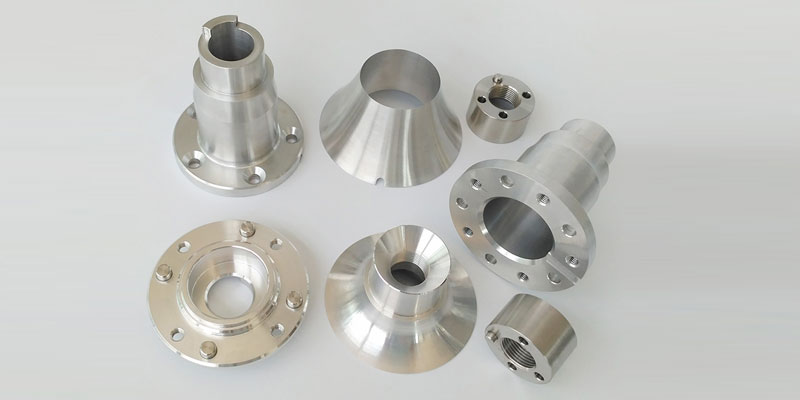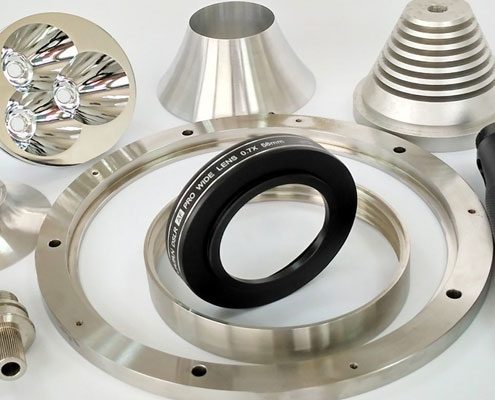How it Works – Machining Families of Parts
You can increase production and reduce costs by exploiting what different jobs have in common.
The most obvious kind of part family is made up of items that share a name and geometry – 8-32 pan-head screws in different lengths, or a series of standoffs that come in different lengths, perhaps with different features (through hole or internal thread).
From a machining perspective, however, other characteristics can also define a family. Consider parts that you can
hold in the same fixture.
run with variations on the same program.
make using the same type of operations.
cut with the same set of tools.
Sometimes it’s hard to see these commonalities, but once you do, you can use them to boost production by reducing setup and changeover time, minimize programming effort, or improve other aspects of your process.
Tooling
Parts made by the same processes and tooling might not look the same, but the operations performed will determine a family. You won’t be changing out tooling between parts. The tooling is a family, A family of parts made with a particular grouping of production tools [will have] virtually no downtime between parts.
You can expand this type of family by making the most of the limited space in the tool magazine – try to optimize the selection of tools to cut the greatest number of parts. Can you use one drill instead of three in different lengths?
Workholding
Usually people know when they a have family of parts, but don’t necessarily know how to make the most of it. Workholding is generally the least-noticed aspect of machining part families. However, the benefits of a family approach to workholding can be considerable. If you are using the same set of jaws, the offsets are the same, saving time on every part you load.
For example you could use stepped jaws. The top, wider step could hold larger parts, the lower step or steps could hold smaller parts. For milling round parts, you can use V-shaped jaws to hold a large range of diameters.
Your suppliers can help sort out how best to approach your workholding. Typically [customers] share with us a sampling of part prints. We take those parts and separate them out into families using similar workholding.


